Factors that cause rashes to appear on the skin include exercise or hot weather. The group most susceptible to this condition is overweight, obese people and children, according to the health website Medical News Today (UK).
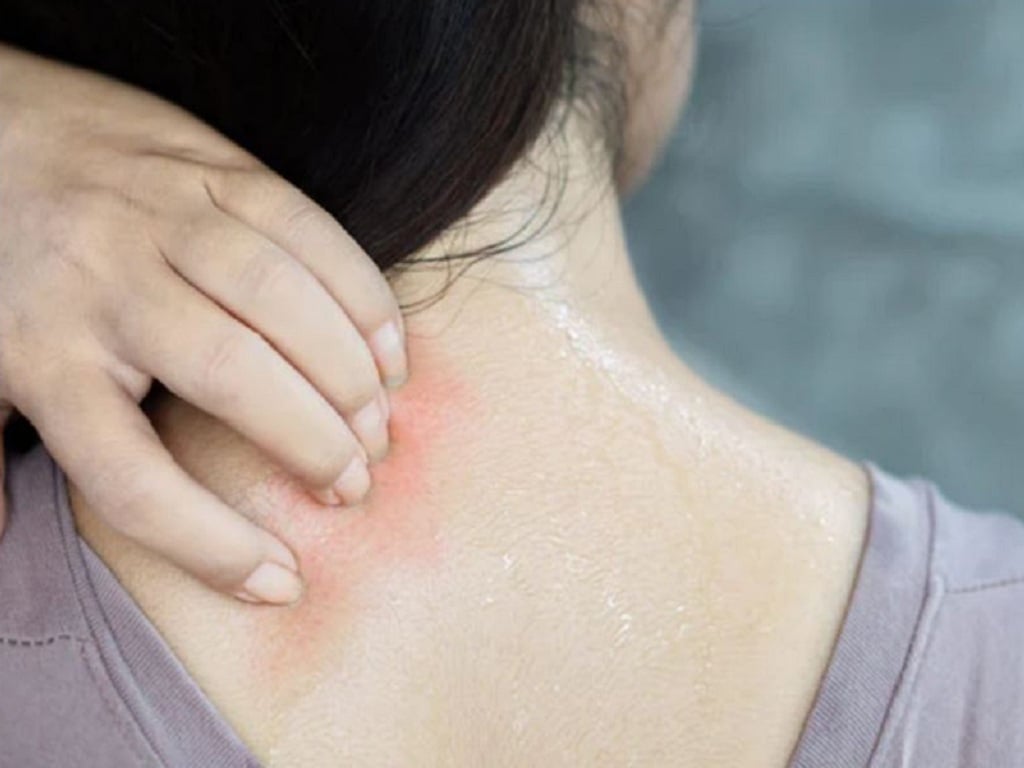
Heat rash, also known as prickly heat, occurs when sweat glands under the skin become blocked.
Typical symptoms of heat rash are rashes, small red spots, itching, mild swelling. Common areas of heat rash are the face, neck, chest, under the scrotum or skin folds that often rub against clothing such as the back, chest, abdomen. Applying cold compresses and patting the rash can reduce the itching sensation, but absolutely avoid scratching with your fingernails.
Heat rash usually clears up on its own within 24 hours. Get to a cool, dry place. If possible, remove clothing or other items to reduce sweating.
People should see a dermatologist if the heat rash persists for several days or becomes more severe. If bacteria get into the blocked sweat glands, it can cause inflammation and infection, such as the formation of blisters and pustules.
To reduce the risk of heat rash, people should choose cool, loose cotton clothing. When exercising, choose a well-ventilated area or a cool time of day. If it is too hot, use a fan, air conditioner or take a bath to reduce body temperature.
Also, avoid wearing clothing that can irritate your skin, such as clothing made from rough fabrics, as this can make your symptoms worse. Wear thin, airy pajamas when sleeping. Drink plenty of water to avoid dehydration.
If the rash is extremely itchy, you can treat it with creams or lotions made from calamine and menthol. However, it is important to note that calamine can dry out the skin. Another option to reduce itching and inflammation is a topical steroid cream. This cream is only recommended for people over the age of 10, according to Medical News Today .
Source link










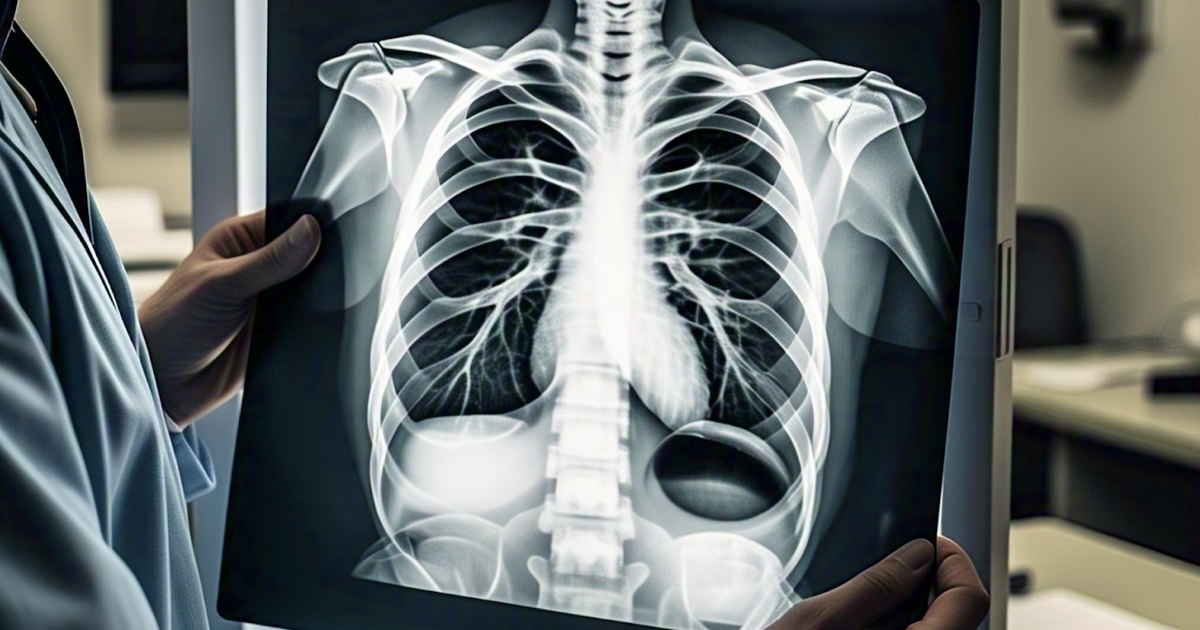
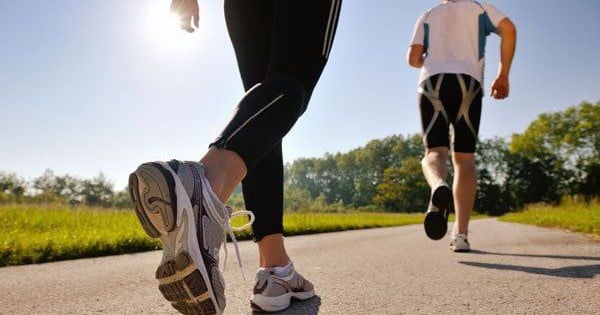


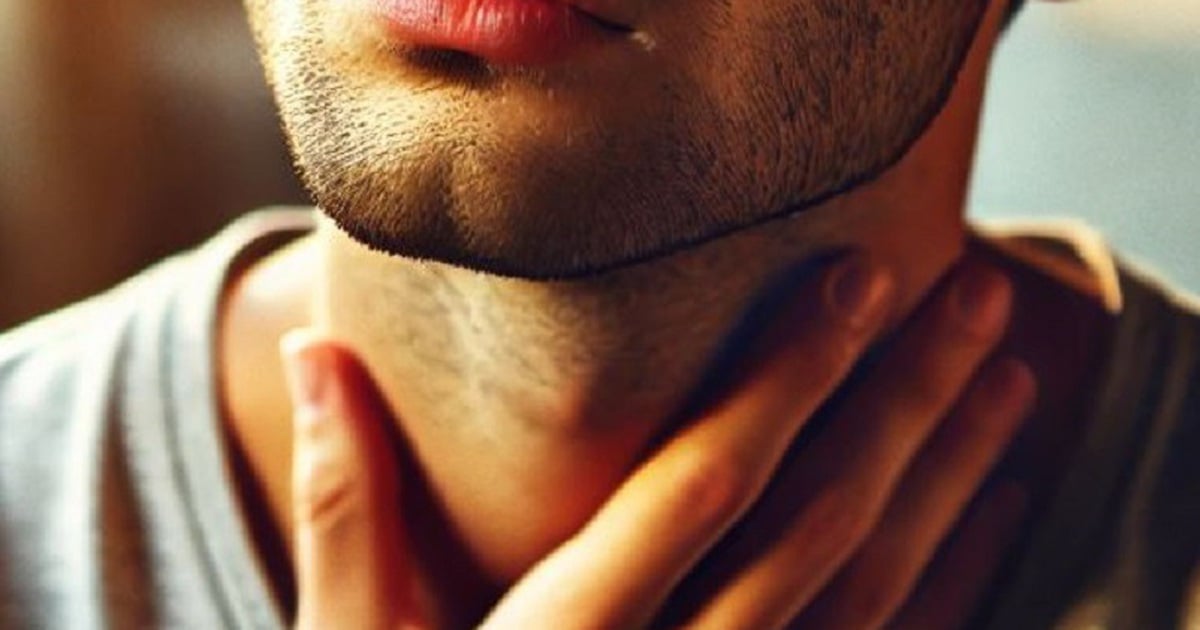



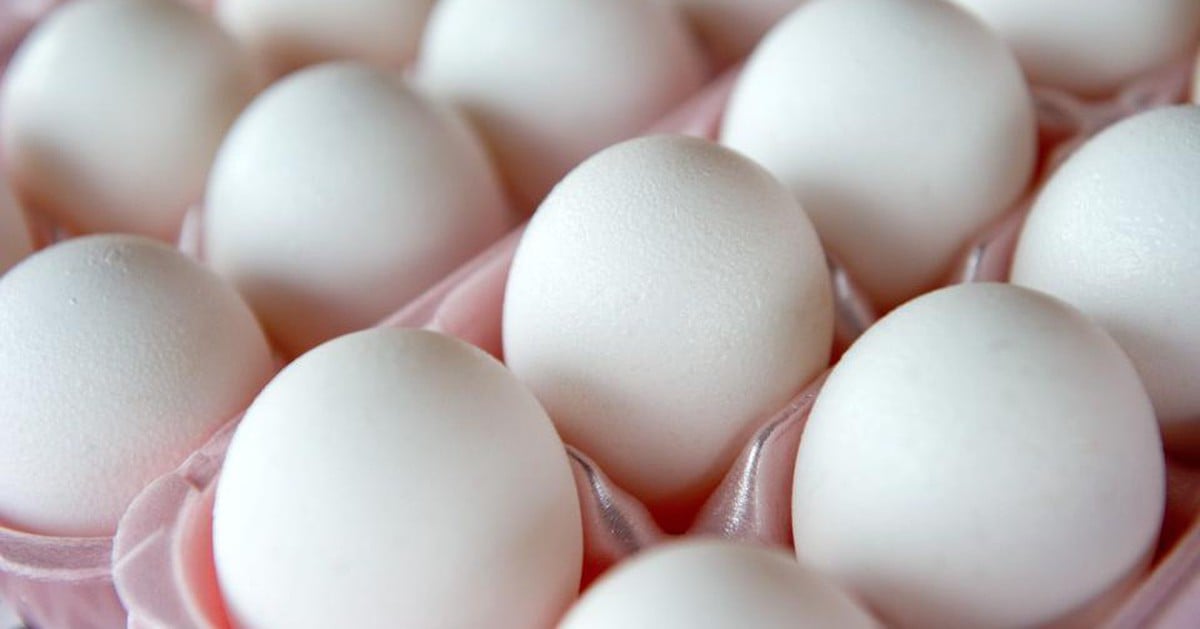

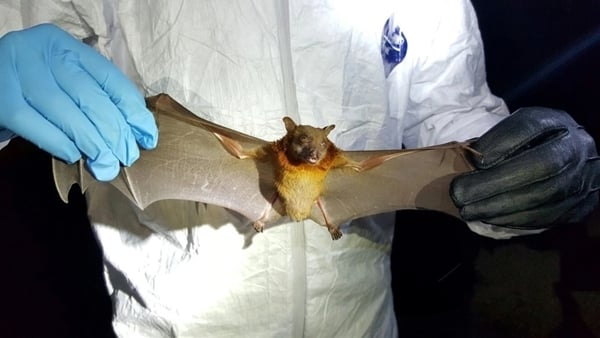

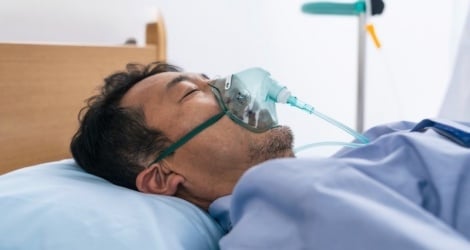















![[Photo] Prime Minister Pham Minh Chinh chairs Government Conference with localities on economic growth](https://vstatic.vietnam.vn/vietnam/resource/IMAGE/2025/2/21/f34583484f2643a2a2b72168a0d64baa)


























































Comment (0)